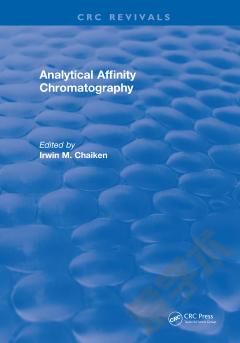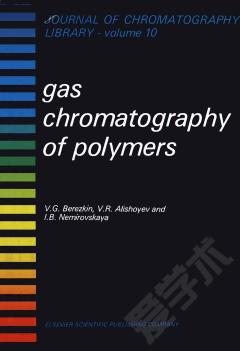Analytical Gas Chromatography
Gas chromatography remains the world's most widely used analytical technique, yet the expertise of a large proportion of chromatographers lies in other fields. Many users have little real knowledge of the variablesin the chromatographic process, the interaction between those variables, how they are best controlled, how the quality of their analytical results could be improved, and how analysis times can be shortened to facilitate the generation of a greater numberof more reliable results on the same equipment. An analyst with a more comprehensive understanding of chromatographic principles and practice, however, can often improve the quality of the data generated, reduce the analytical time, and forestall the needto purchase an additional chromatograph or another mass spectrometer. The Second Edition of Analytical Gas Chromatography is extensively revised with selected areas expanded and many new explanations and figures. The section on sample injection has been updated to include newer concepts of split, splitless, hot and cold on-column, programmed temperature vaporization, and large volume injections. Coverage of stationary phases now includes discussion, applications, and rationale of the increased thermal and oxidative resistance of the newly designed silarylenepolysiloxane polymers. Conventional and"extended range"polyethylene glycol stationary phases are examined from the viewpoints of temperature range and retention index reliabilities, and the chapter on"Variables"has been completely rewritten. The ways in which carrier gas velocity influences chromatographic performance is considered in detail, and includes what may be the first rational explanation of the seemingly anomalous effects that temperature exercises on gas viscosity (and gas flow). The practical effects that these changes cause to the chromatography is examined in pressure-, flow-, and"EPC-"regulated systems."Column Selection, Installation, and Use"has been completely rewritten as well.
{{comment.content}}








 京公网安备 11010802027623号
京公网安备 11010802027623号